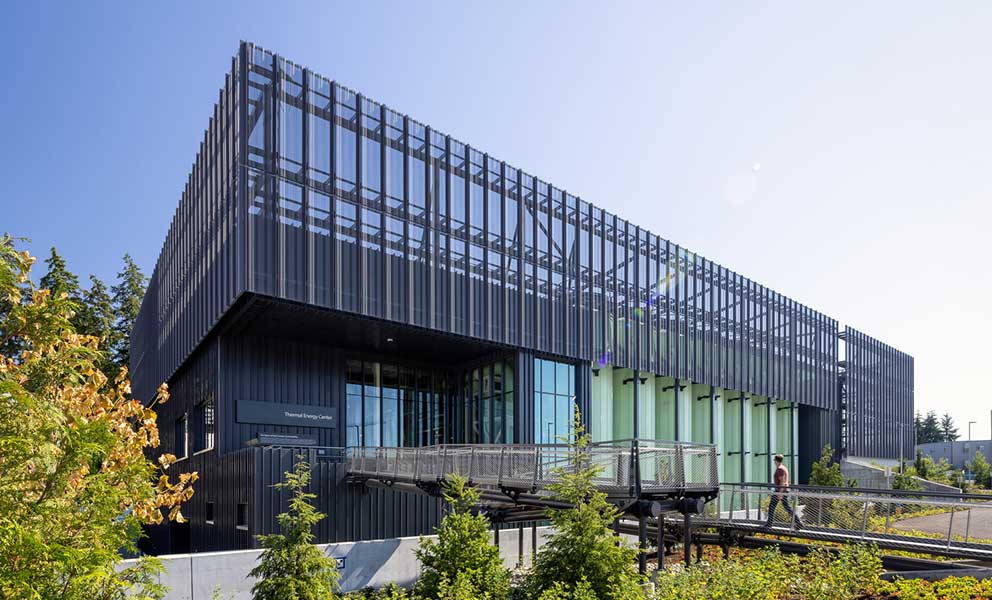Q. Why would a building be important to a sustainability or ESG strategy
A. The “E” in ESG stands for environmental sustainability, which typically includes a business or organization’s impact on attributes like climate change, pollution and resources, water security, and biodiversity, among other things. Because the built environment “generates 40% of annual global CO2 emissions1” the carbon footprints of our buildings represent a significant opportunity to make an environmental impact.
A business or organization with environmental sustainability goals should be looking at how to help make the buildings in its portfolio more efficient to reduce energy consumption and corresponding emissions, while also looking at ways to future-proof the building and operations through electrified equipment and on-site renewable power generation. Looking at these changes as part of a holistic program can help to prioritize the most impactful measures and identify the appropriate program structure and funding mechanisms to minimize expenses and maximize return on investment.
Q. There are so many terms about sustainability today, and it all feels like jargon. What should I be paying attention to?
A. You’re right – the terminology can be both nuanced and overwhelming. The terms you may want to tune into should be based on your specific goals. When it comes to environmental sustainability in buildings, we often reference the term decarbonization, which is the process of removing or reducing carbon emissions. Different organizations can have different goals, from carbon reduction to carbon elimination, and there is a myriad of ways to get to a given goal. We created a helpful guide to help you untangle all the terms and identify what is most important to your unique situation.
Q. Can pursuing environmental sustainability goals with my infrastructure drive financial value for my organization?
A. Research has shown that executives and investment professionals believe that ESG programs positively impact performance, with 83% of these professionals indicating that they expect ESG programs to drive shareholder value over time.2 Out of this set of respondents, nearly 100% agree that environmental sustainability programs help to create improved financial performance, particularly citing benefits to brand and reputation, competitive performance, and meeting societal expectations for benevolent corporate behavior as the primary impacts.3
Based on this data, undertaking efforts to decarbonize infrastructure to drive environmental sustainability should also benefit an organizations’ financial position. Aside from the environmental benefits and impacts, efficiency measures can help to decrease operational costs, building upgrades often positively impact a building’s indoor environment, and renewable power generation can reduce an organization’s risk and enhance resilience - compounding the positive effects of pursuing these changes.






































































































